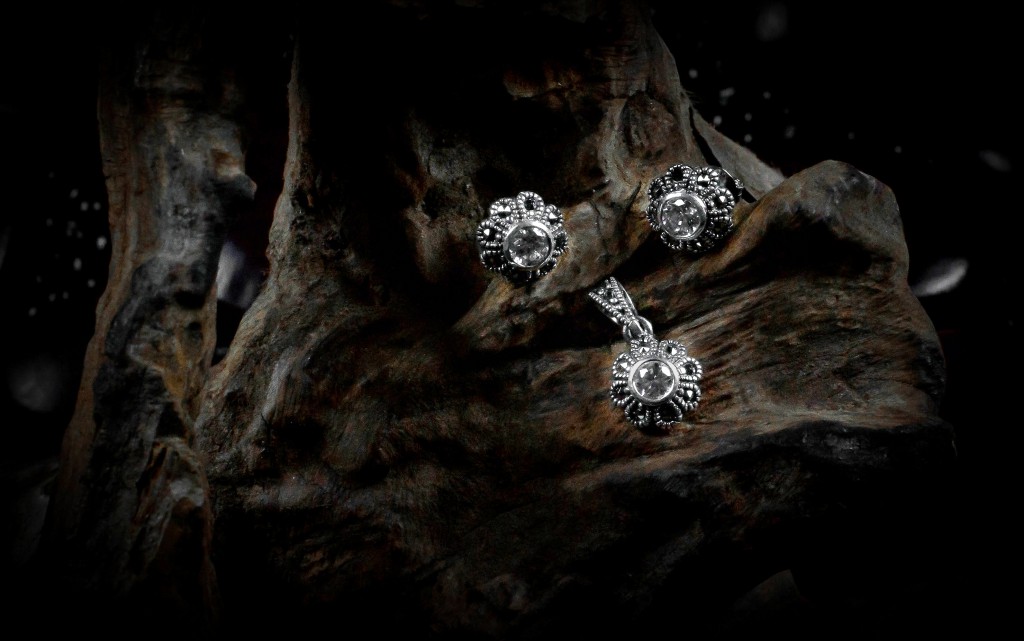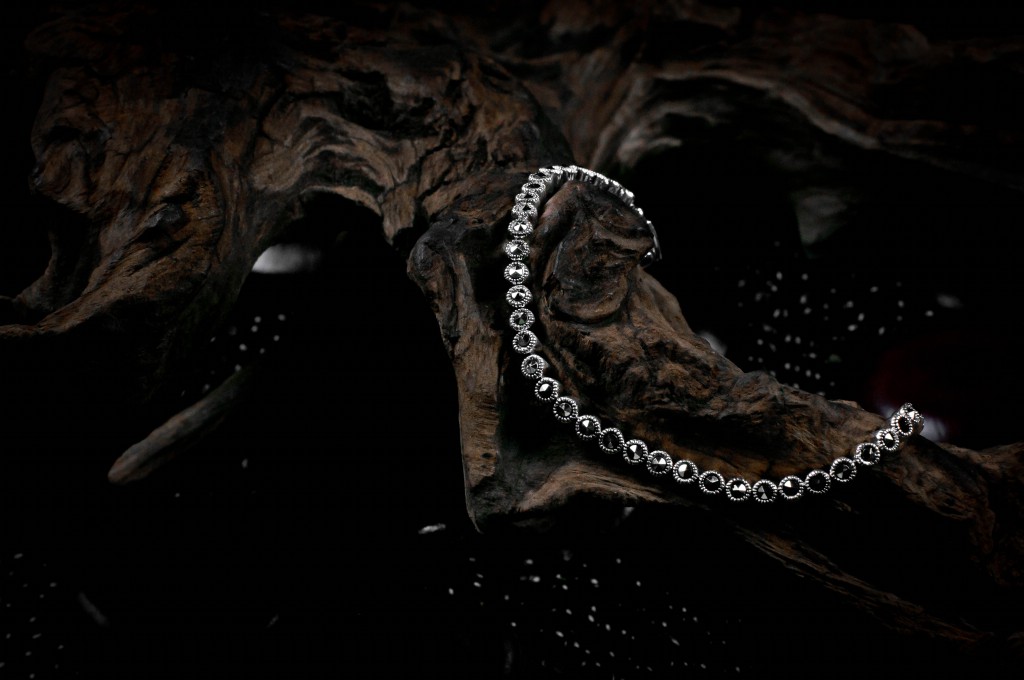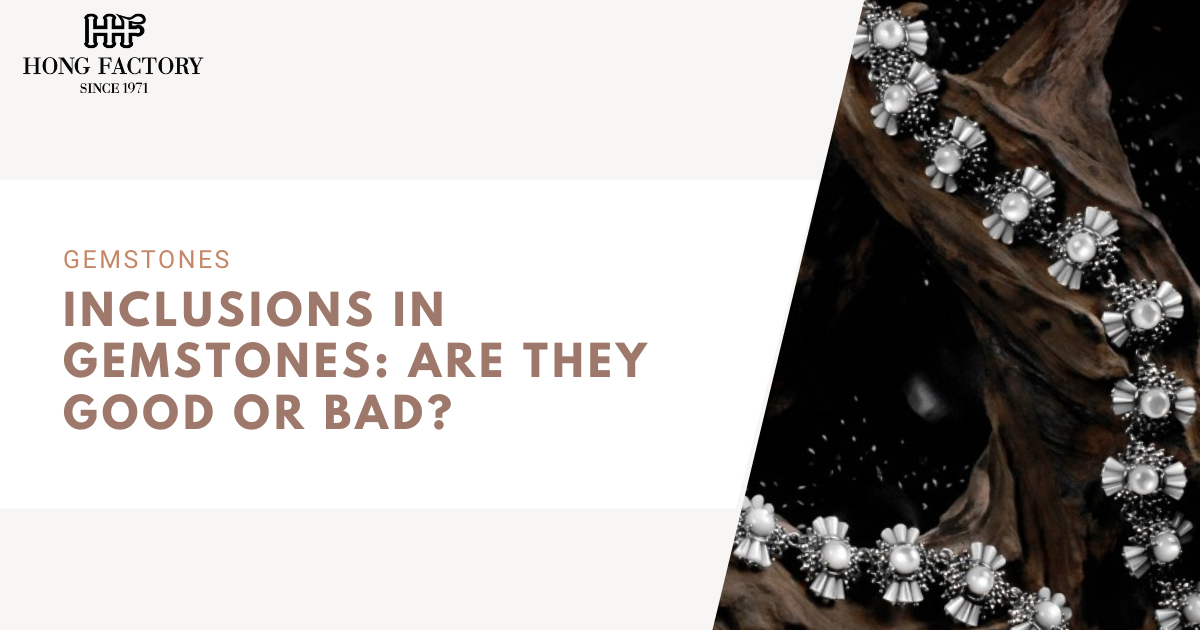Inclusions in Gemstones: Are They Good or Bad?

Inclusions in gemstones are often seen as imperfections, but their impact on a stone’s value and desirability is more complex than it may seem. While some inclusions can lower a gemstone’s clarity and price, others can add character, provide authenticity, and even increase value in certain cases.
Understanding the role of inclusions in gemstone evaluation is crucial for collectors, jewelers, and buyers alike. This article explores the different types of inclusions, their effects on gemstone value, and how they can influence the perception of quality.
What Are Inclusions?
Inclusions are internal features within a gemstone, formed naturally during the crystallization process. These features can include minerals, fractures, gas bubbles, or liquid pockets trapped inside the stone. While some inclusions are undesirable, others serve as identifying marks that distinguish natural gemstones from synthetics.
Types of Inclusions in Gemstones
1. Mineral Inclusions
- Mineral inclusions are tiny crystals of other minerals trapped inside a gemstone as it forms.
- Common examples include rutile needles in sapphires and quartz, or garnet crystals within diamonds.
- Some mineral inclusions, such as the golden rutile threads in rutilated quartz, enhance the stone’s uniqueness and value.
2. Liquid Inclusions
- Liquid inclusions occur when small amounts of water or other fluids become trapped within a gemstone.
- In some cases, these inclusions form distinctive patterns that can add to the gemstone’s appeal, such as “rain” inclusions in opals.
- However, excessive liquid inclusions can weaken a stone’s structure, making it prone to fractures.
3. Gas Bubble Inclusions
- Gas bubbles can form inside gemstones during their creation.
- They are often seen in synthetic gemstones or glass imitations, making them useful indicators in gemstone identification.
- In natural stones, gas bubbles are typically found in volcanic gems like obsidian.
4. Needle-Like Inclusions
- Needle-like inclusions appear as thin, elongated structures within a gemstone.
- Some gemstones, like star sapphires and star rubies, owe their special optical effect (asterism) to aligned needle inclusions.
- In other stones, excessive needle inclusions can reduce transparency and affect brilliance.
5. Healed Fractures and Fingerprint Inclusions
- Some inclusions resemble fingerprints due to the way minerals or fluids heal natural fractures in the stone.
- These inclusions are common in rubies and sapphires and can indicate whether a gemstone has undergone heat treatment.

How Inclusions Affect Gemstone Value
1. Lowering Clarity and Price
- In gemstones like diamonds, clarity is a major factor in determining value, and visible inclusions can lower the price significantly.
- In high-clarity gemstones, such as aquamarines and tanzanites, fewer inclusions equate to higher market value.
2. Adding Unique Beauty and Rarity
- Some inclusions, like silk in sapphires, can create a velvety texture that enhances a gemstone’s appeal.
- Rutilated quartz, moss agate, and trapiche emeralds are sought after precisely because of their inclusions.
3. Proving Authenticity
- Natural inclusions serve as proof that a gemstone is genuine rather than synthetic or treated.
- Gemologists rely on inclusions to identify a gemstone’s origin and determine whether it has undergone enhancements.
4. Strengthening Collector and Investment Appeal
- Some rare inclusions increase a gemstone’s desirability among collectors. For example, the “horsetail” inclusions in demantoid garnets are considered a mark of authenticity and quality.
- Similarly, amber containing fossilized insects can be more valuable than inclusion-free specimens.

The Role of Inclusions in Different Gemstones
Diamonds
- Clarity is a primary value factor in diamonds, and inclusions often reduce value.
- However, some unique inclusions, such as rare color zoning or internal growth patterns, can make a diamond more collectible.
Rubies and Sapphires
- Inclusions in rubies and sapphires can help confirm their natural origin.
- Certain inclusions, like “silk” in sapphires, enhance visual appeal by softening color and creating a velvety appearance.
Emeralds
- Almost all emeralds contain inclusions, which are sometimes referred to as “jardin” (French for garden).
- The presence of inclusions is generally accepted, and in some cases, they add character and distinguish natural emeralds from synthetic ones.
Opals
- Liquid inclusions can contribute to opal’s play-of-color, making them desirable rather than detrimental.
- Excessive inclusions, however, may increase the risk of cracking and lower the stone’s value.
When Are Inclusions Considered Bad?
- If they compromise the gemstone’s durability, making it more susceptible to breaking.
- If they are highly visible and reduce transparency in gemstones where clarity is a priority.
- If they indicate that the gemstone has been artificially treated in a way that lowers its authenticity.
Inclusions in gemstones are not always flaws—many can enhance the uniqueness, authenticity, and value of a stone. While certain gemstones require high clarity for maximum value, others benefit from distinctive inclusions that set them apart. Understanding the role of inclusions allows buyers and collectors to make informed decisions about gemstone quality, rarity, and desirability. Whether viewed as imperfections or beauty marks, inclusions are an integral part of what makes gemstones fascinating and unique.

Keywords: gemstone inclusions, clarity in gemstones, natural gemstone flaws, gemstone value, gemological identification.
